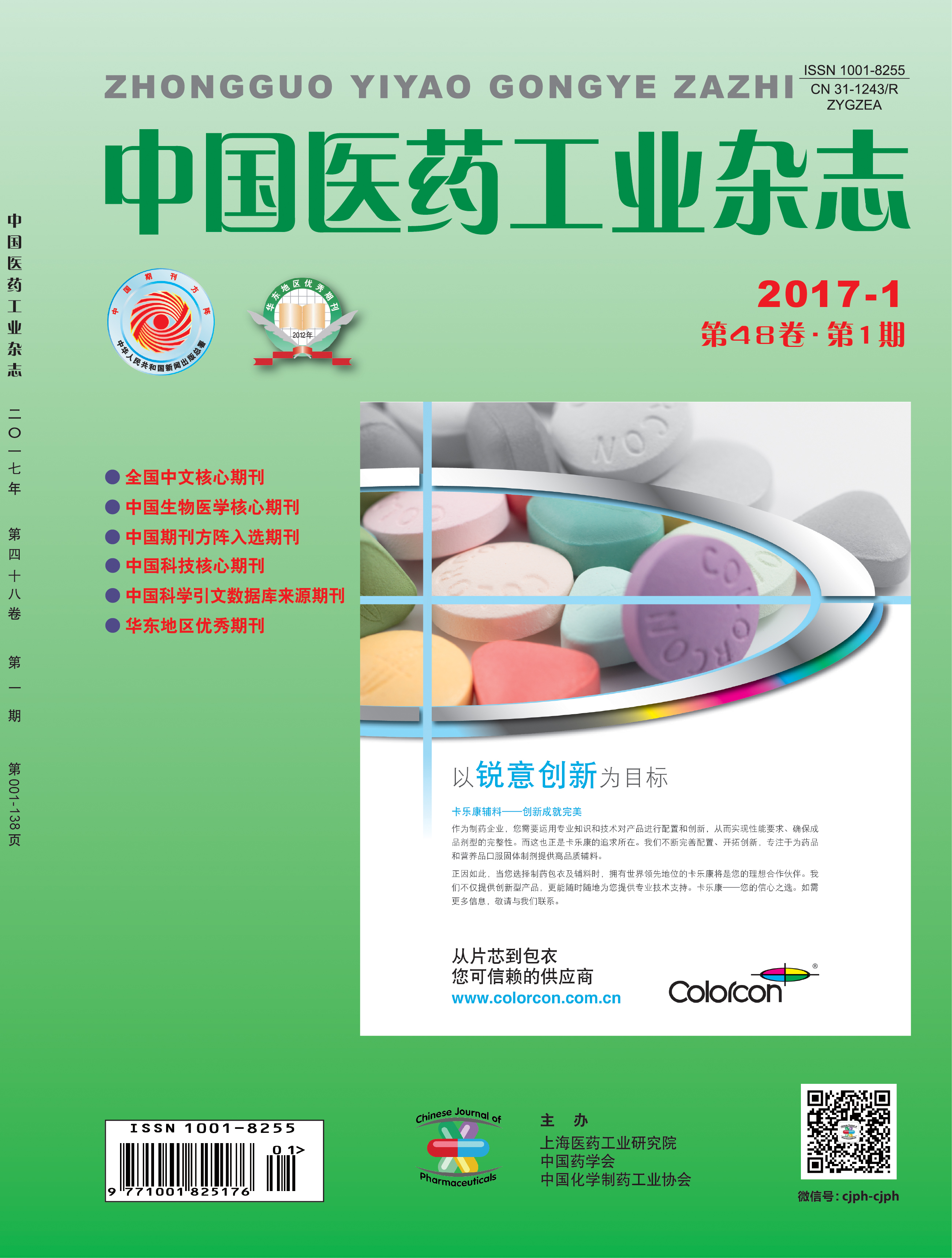REN Wenjie1, LIU Wentao1, WANG Fan1, LI Chengwen2, ZHENG Deqiang1*
Aprepitant reacted with tetrabenzyl pyrophosphate to give dibenzyl [3-[[(2R,3S)-2-[(1R)-1-[3,5-bis(trifluoromethyl)phenyl]ethoxy]-3-(4-fluorophenyl)morpholino]methyl]-5-oxo-4,5-dihydro-1H-1,2,4-triazol-1-yl]phosphonate, which was deprotected in methanol to give monobenzyl [3-[[(2R,3S)-2-[(1R)-1-[3,5-bis(trifluoromethyl)phenyl]ethoxy]-3-(4-fluorophenyl)morpholino]methyl]-5-oxo-4,5-dihydro-1H-1,2,4-triazol-1-yl]phosphonate, then the latter was re-deprotected by catalytic hydrogenation to remove another benzyl group, followed by salification with meglumine to afford fosaprepitant dimeglumine, a neurokinin-1 receptor antagonist, with an overall yield of 63%(based on aprepitant).
